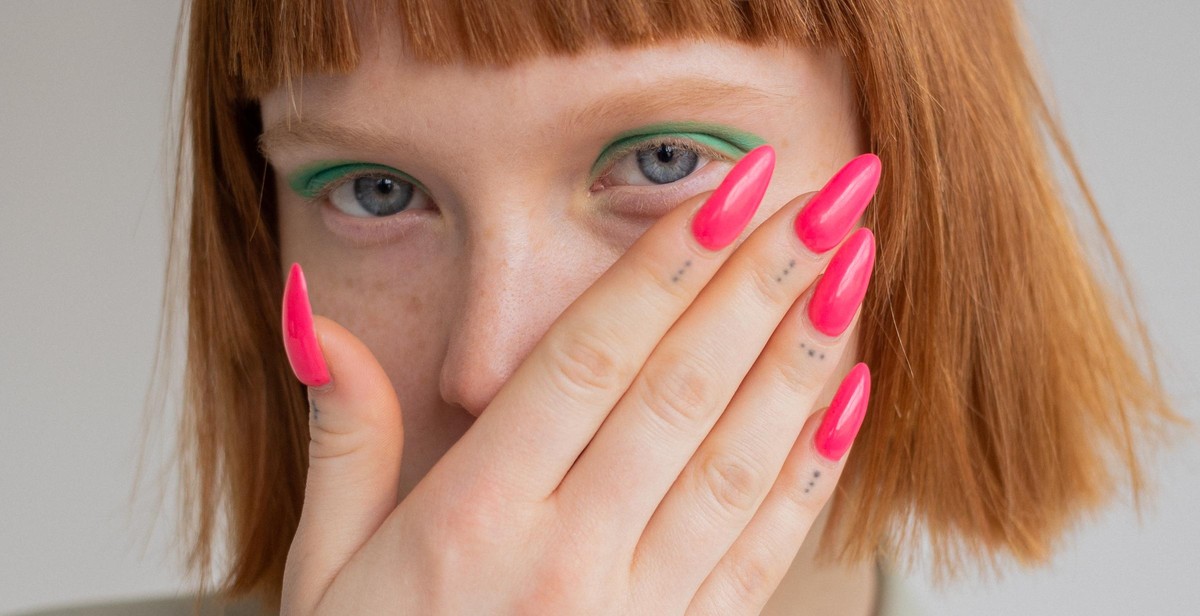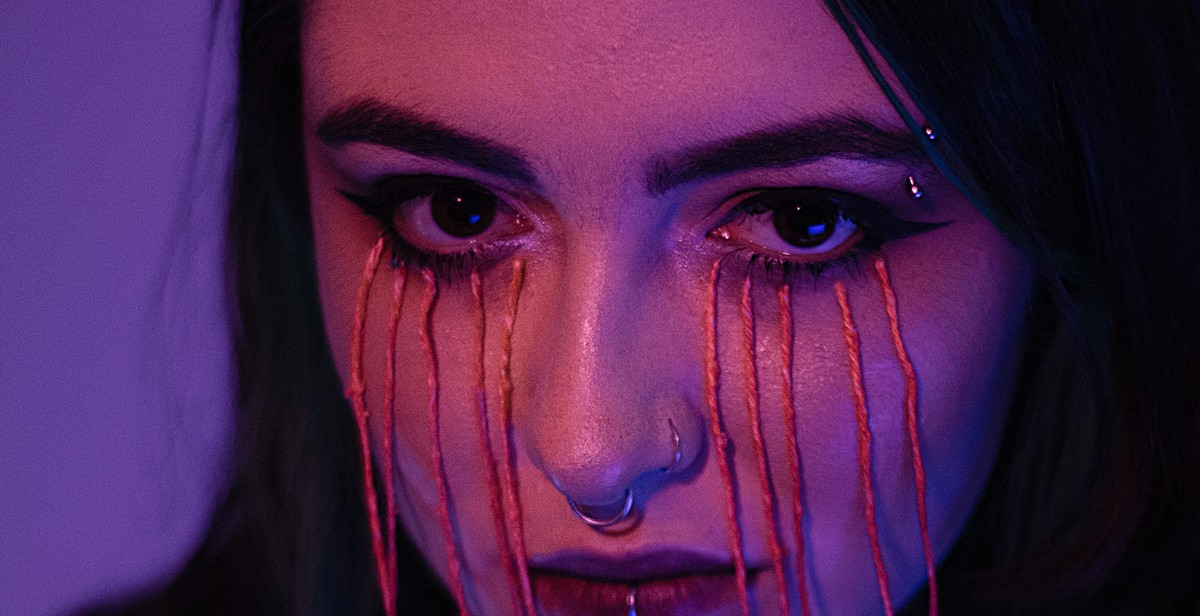How to Incorporate Color in Your Makeup Looks: Enhancing Your Features
Makeup has the power to transform our appearance and enhance our features. One of the most important aspects of makeup is color. Colors can be used to create various moods, highlight certain features, and even disguise imperfections. Incorporating color into your makeup looks can be intimidating, but with the right techniques, it can be a game-changer.
Why is color important in makeup?
Color is important in makeup because it can help to:
- Enhance your natural features
- Create a mood or theme
- Disguise imperfections or blemishes
- Make a statement or express your personality
When it comes to makeup, there are endless color options to choose from. From bold and bright to soft and subtle, the colors you choose can have a significant impact on your overall look. Understanding color theory and how to use it in your makeup application can help you achieve your desired results.
In the following sections, we will explore different ways to incorporate color into your makeup looks and how to use color to enhance your features.

Understanding Color Theory
Color theory is the study of how colors interact with each other, and it’s an essential aspect of makeup application. By understanding color theory, you can create stunning makeup looks that enhance your features and complement your skin tone. Here are some essential concepts you need to know:
Primary, Secondary, and Tertiary Colors
The color wheel is the foundation of color theory. It’s a circular chart that shows the relationship between colors. The primary colors are red, blue, and yellow, and they cannot be created by mixing other colors. Secondary colors are created by mixing two primary colors. For example, blue and yellow make green. Tertiary colors are created by mixing a primary color with a secondary color. For example, red-orange is a tertiary color made by mixing red and orange.
Warm and Cool Colors
Colors can also be categorized as warm or cool. Warm colors include reds, oranges, and yellows, and they create a sense of energy and excitement. Cool colors include blues, greens, and purples, and they create a calm and soothing effect. When selecting colors for your makeup look, consider your skin tone. If you have warm undertones, warm colors will complement your skin. If you have cool undertones, cool colors will be more flattering.
Complementary Colors
Complementary colors are two colors that are opposite each other on the color wheel. For example, red and green are complementary colors. When used together, complementary colors create a high contrast and can make each other appear more vibrant. In makeup application, you can use complementary colors to create a bold and striking look. For example, if you have green eyes, using a red eyeshadow can make your eyes pop.
| Red | Green |
| Blue | Orange |
| Purple | Yellow |
Understanding color theory is the key to creating beautiful makeup looks. By considering the relationships between colors, you can create a cohesive and flattering look that enhances your natural beauty.

Choosing Colors for Your Skin Tone
Choosing the right colors for your skin tone is essential when it comes to enhancing your features with makeup. Here are some tips on how to choose the right colors for fair skin, medium skin, and dark skin:
Fair Skin
If you have fair skin, it’s important to choose colors that complement your skin tone without overwhelming it. Colors that work well with fair skin include soft pinks, peaches, and light browns. These colors will help to enhance your natural features without making you look washed out.
When it comes to eye makeup, shades of pink, lavender, and light gray are ideal for fair skin tones. For lipstick, go for shades of pink, peach, and nude. Avoid dark colors as they can make your skin appear even lighter.
Medium Skin
If you have medium skin, you can experiment with a wider range of colors. Shades of bronze, copper, and gold work well with medium skin tones. You can also try bold colors like red, orange, and deep purple.
For eye makeup, shades of brown, bronze, and gold will help to bring out the warmth in your skin tone. For lipstick, go for shades of red, pink, and coral.
Dark Skin
Dark skin tones can carry off bold and vibrant colors with ease. Shades of deep blue, green, and purple work well with dark skin tones. You can also try bold shades of red, orange, and fuchsia.
For eye makeup, shades of gold, bronze, and copper will help to bring out the warmth in your skin tone. For lipstick, go for shades of red, burgundy, and deep plum.
| Skin Tone | Colors |
|---|---|
| Fair Skin | Soft pinks, peaches, light browns, shades of pink, lavender, and light gray |
| Medium Skin | Shades of bronze, copper, gold, red, orange, deep purple, shades of brown, bronze, and gold |
| Dark Skin | Shades of deep blue, green, purple, red, orange, fuchsia, shades of gold, bronze, and copper |
By following these tips, you can choose the right colors for your skin tone and enhance your natural features with makeup.

Enhancing Your Features with Color
Color can be a powerful tool in enhancing your natural features. Here are some tips on how to use color to bring out the best in your eyes, lips, cheeks, and brows.
Eyes
When it comes to eye makeup, there are a few color rules to keep in mind:
- For blue eyes, warm tones like peach, copper, and gold can make them pop.
- For brown eyes, cool tones like blue, purple, and green can bring out the richness of the color.
- For green eyes, warm tones like orange, red, and pink can make them stand out.
Using a pop of color on your lower lash line or as a liner can also add interest to your look.
Lips
When it comes to lipstick, the possibilities are endless. Here are some tips for choosing the right shade:
- For fair skin, try pink, coral, or nude shades.
- For medium skin, try berry, mauve, or rose shades.
- For dark skin, try deep red, plum, or brown shades.
Don’t be afraid to experiment with bold shades or try layering different colors to create a unique look.
Cheeks
Blush can add a healthy flush to your cheeks and brighten up your complexion. Here are some tips for choosing the right shade:
- For fair skin, try light pink or peach shades.
- For medium skin, try rose or mauve shades.
- For dark skin, try deep berry or plum shades.
Remember to apply blush to the apples of your cheeks and blend well for a natural-looking finish.
Brows
Your brows frame your face and can make a big impact on your overall look. Here are some tips for using color to enhance your brows:
- For blondes, try a shade that is one to two shades darker than your natural hair color.
- For brunettes, try a shade that matches your natural hair color or is one to two shades lighter.
- For redheads, try a shade that is one to two shades lighter than your natural hair color.
Remember to use a light hand when applying brow color and blend well for a natural-looking finish.

Colorful Makeup Looks to Try
Are you tired of the same old neutral makeup looks? Adding a pop of color to your makeup can enhance your features and make you stand out from the crowd. Here are some colorful makeup looks to try:
Bold and Bright
For a bold and bright look, choose a color that complements your skin tone and apply it to your eyelids. You can also add a pop of color to your lips, cheeks, or even your eyebrows. Keep the rest of your makeup neutral to let the color shine.
Monochromatic
A monochromatic look uses different shades of the same color for a cohesive and polished look. Choose a color that you love and apply it to your eyes, cheeks, and lips. Use lighter shades for the high points of your face and darker shades for the shadows.
Pastels
Pastel colors are soft and feminine and can give you a fresh and youthful look. Apply a pastel shade to your eyelids, cheeks, or lips. Pair with a neutral or pastel outfit to complete the look.
Neon
Neon colors are bold and vibrant and can add a fun and playful touch to your makeup. Apply a neon shade to your eyelids, cheeks, or lips. Pair with a neutral outfit to avoid overwhelming the look.
Remember to have fun with your makeup and experiment with different colors and techniques. With these colorful makeup looks, you can enhance your features and express your personality.

Conclusion
Makeup is a form of self-expression, and incorporating color into your looks can enhance your features and make you feel confident and beautiful. From bold and bright hues to subtle pops of color, there are endless ways to experiment with color in your makeup routine.
When incorporating color into your makeup looks, it’s important to consider your skin tone and undertones. This will help you choose shades that complement your complexion and bring out your best features.
Using color theory can also be helpful in creating a cohesive and visually appealing makeup look. Complementary colors, for example, can be used to create a striking contrast, while analogous colors can create a harmonious and balanced look.
Don’t be afraid to experiment with different colors and techniques to find what works best for you. Remember to have fun and let your creativity shine through!
- Choose shades that complement your skin tone and undertones
- Consider using color theory to create a cohesive look
- Experiment with different colors and techniques to find what works best for you
- Have fun and let your creativity shine through!
Incorporating color into your makeup looks can be a fun and exciting way to enhance your features and express your personal style. So go ahead and add a pop of color to your next makeup look!
